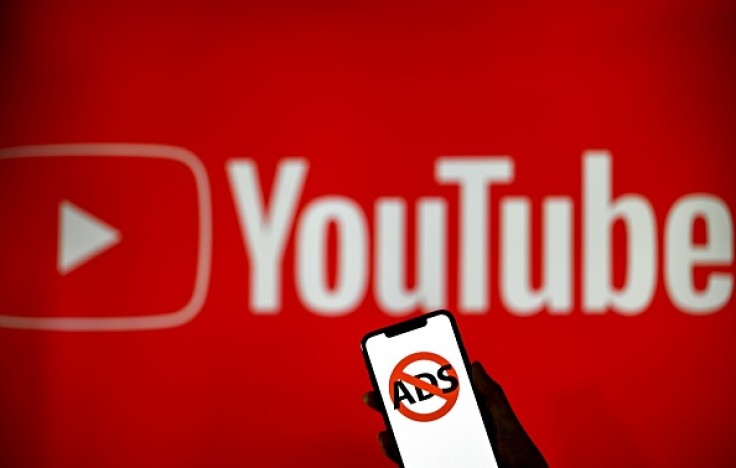Ads are the most annoying aspect of streaming services that can be accessed for free. It's the price users have to pay so that sites like YouTube can continue to provide content. Some try to avoid ads by using ad blockers, but YouTube is onto that practice and aims to end it.

Ad-Blocking Companies Are Losing Business
Ever since YouTube started warning its users that they will no longer be able to access the service with ad blockers on, they have started uninstalling add-ons, extensions, and other programs that let them have an ad-free experience without paying.
Due to the changes, ad companies are seeing significant numbers of users uninstalling their services. One of the companies that offer such perks called AdGuard reported that it saw increasing numbers of removals per day ever since YouTube no longer allowed ad blockers.
Back on October 9th when the the warning started appearing to more people, AdGuard says it saw 11,000 uninstallations per day. It wasn't until October 18 when YouTube became more strict that the number had soared to 52,000 uninstallations per day, as reported by Engadget.
AdGuard does offer a paid service that remains unaffected by the streaming platform's crackdown, and the company saw an increase in subscriptions. Another company has conducted a survey to see how YouTube affected their business significantly.
Ghostery, also an ad-blocking company, asked its customers why they decided to uninstall their ad blocker. An astounding 90% of the responses stated that it was due to YouTube becoming more strict about its ad-blocking policy.
Users tried to circumvent the restriction by using other browsers since it only affected YouTube through Chrome on PCs. With that workaround, Ghostery says that the ad blockers for Microsoft Edge went up by 30% in October compared to the previous month.
It's unclear whether YouTube will expand its ad blocker restriction to other devices and browsers, but it might do so since hundreds of millions of users watch YouTube videos via mobile, many of which are non-premium subscribers.
Why is YouTube Restricting Ad Blockers?
The answer is simple enough. When people don't watch ads, the company doesn't get paid. Ad sales is one of YouTube's source of revenue aside from the subscription fees that people pay for the Premium subscription.
Through those, YouTube can continue to stream content that users enjoy. Pop-ups have started to show on the platform when an ad blocker is active, stating that it violates YouTube's Terms of Service. Users will have to disable the extensions or add-ons before they can continue watching.
The warning also says that ads allow YouTube to be used by billions worldwide, and it provides two choices for the users. They can either watch videos by allowing ads on YouTube, or they can try YouTube Premium for an ad-free experience, as shown in Tech Crunch.
The pop-up is also shown with a timer so that users can't just exit the warning without reading it first just like unskippable ads. If users refuse to take down the ad blockers, then they will be limited to three videos before their access is cut off.








